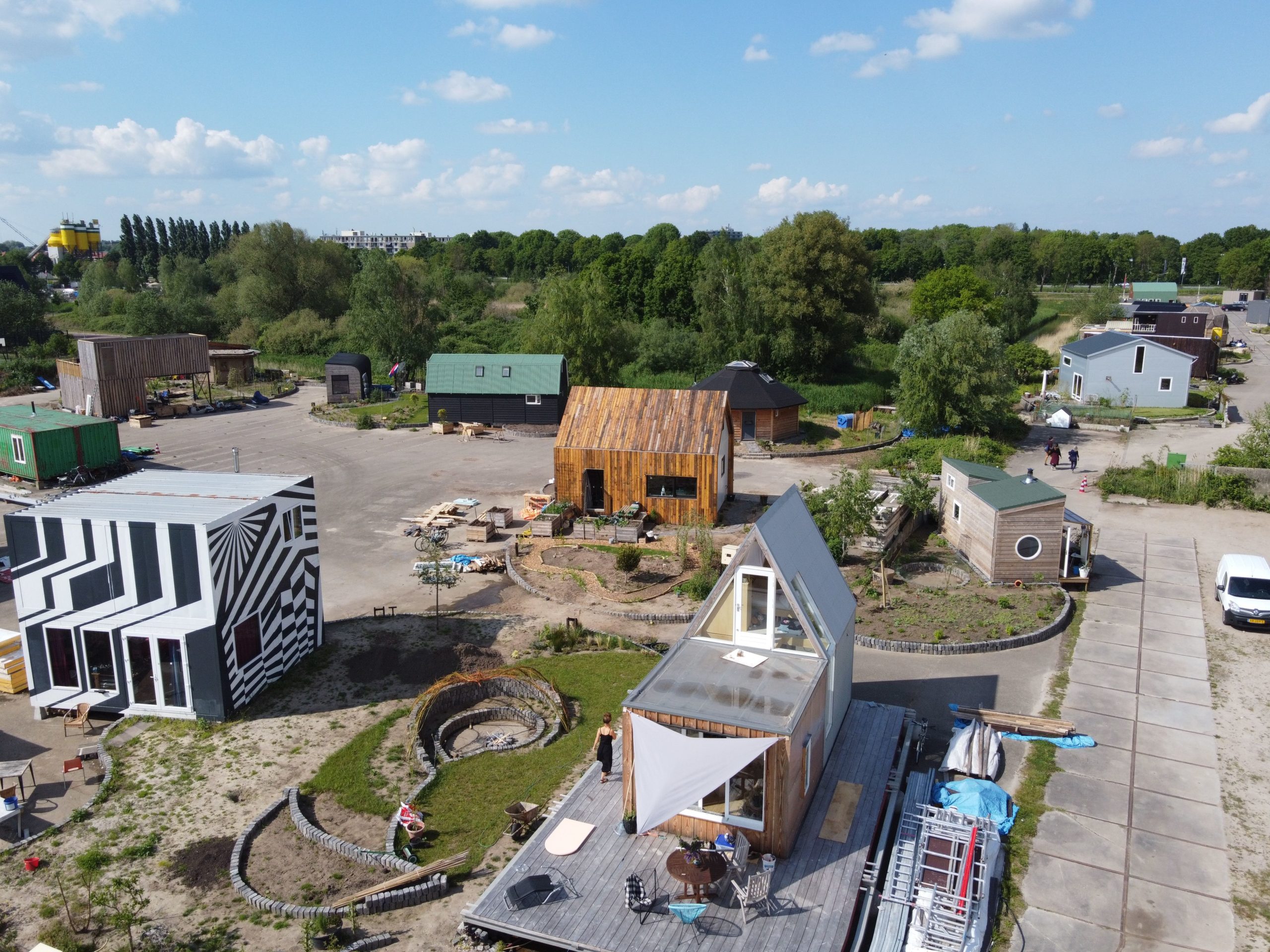Blog
More and more cities worldwide embrace the concept of Doughnut Economics, in order to meet the needs of people without overshooting Earth’s ecological ceiling. The spiritual mother of the Doughnut – British economist Kate Raworth – puts forward distributed design as one of the core principles of the Doughnut. That’s why Amsterdam based Pakhuis de Zwijger has launched an open call for distributed and regenerative design.

The Doughnut is a model designed to reframe economic problems and set new goals. Instead of aiming for perpetual growth, it seeks a balance. In her 2017 book Doughnut Economics Kate Raworth states that all economic activities should take place within social and planetary boundaries – or within the dough of the Doughnut. In a Doughnut Economy no one falls short on life’s essentials (the social foundation – from food and housing to healthcare and political voice) and we do not overshoot our pressure on Earth’s life-supporting systems (the ecological ceiling – from climate to clean water and fertile soils).
At the moment no country is living within the Doughnut. However, more and more cities worldwide are looking to the Doughnut as a framework for their own local economies. In 2020 the city of Amsterdam publicly announced to use the Doughnut as a tool for transformative action and published the first city portrait to downscale the Doughnut to a city scale. Today, many more places are embracing the doughnut, including Philadelphia (USA), Toronto (Canada), El Monte (Chile), Santiago de Cali (Colombia), Dunedin (New Zealand), Yerevan (Armenia), Grenoble (France), and Copenhagen (Denmark).
What does this mean? Design solutions for the Doughnut Economy should be open source, transparent and allowing for adaptation and customization to be used in different cities, by different people, with different materials (distributed). And they should be aimed at giving back to nature and society instead of extracting and discarding human and natural resources (regenerative).
So, who are the designers that are already doing this? Amsterdam based social-cultural platform Pakhuis de Zwijger has launched an open call to find the pioneers (from artists, researchers, architects, engineers to students) in distributed and regenerative design. The selected designers will be showcased on the different platforms of Pakhuis de Zwijger, and in a special distributed design event. Furthermore, they will be invited to join us at the Dutch Design Week.
If you recognize yourself or someone else, please upload a submission before Friday September 30th.
Thomas van de Sandt
Faezeh Mohammadi
Programmers at Pakhuis de Zwijger